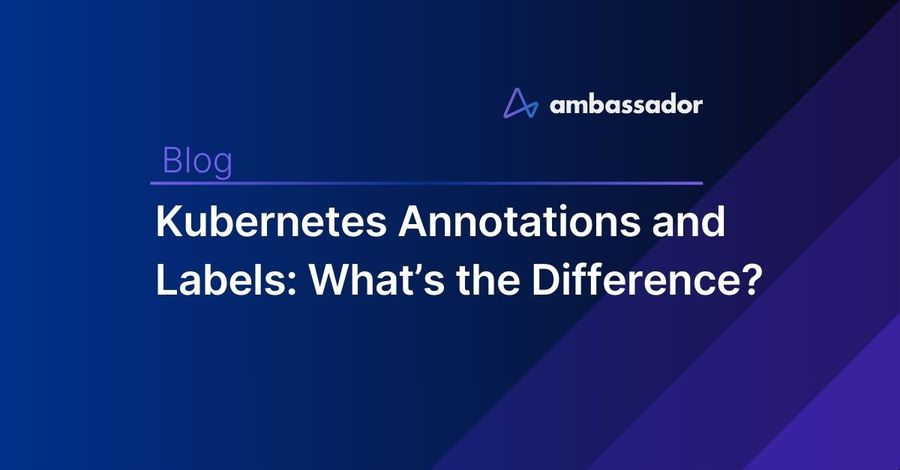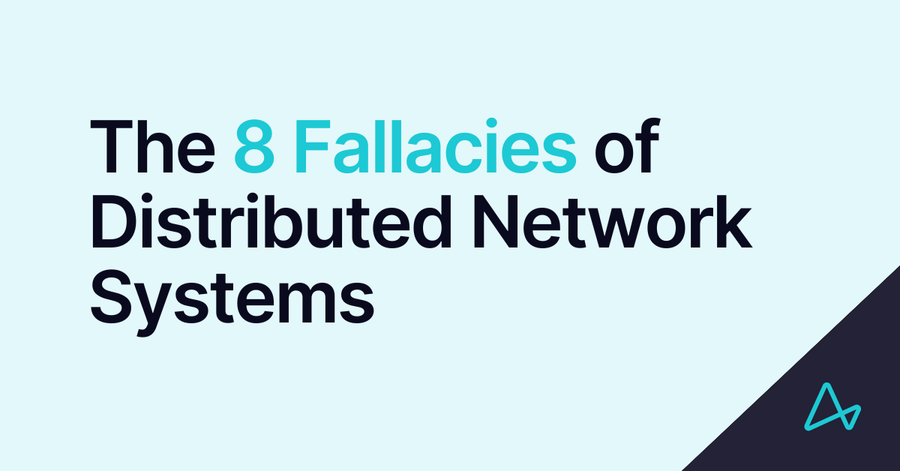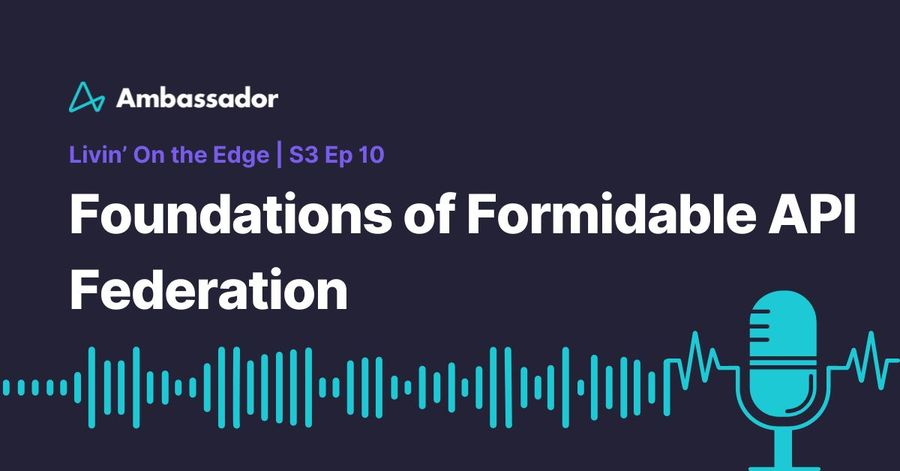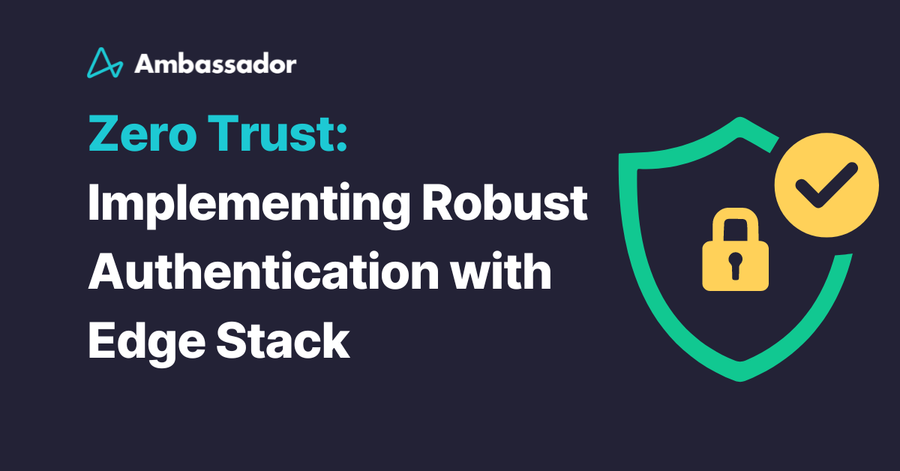
Kubernetes Annotations and Labels: What’s the Difference?
Both labels and annotations are ways to attach metadata to objects in Kubernetes. But when should you use one versus the other? The Kubernetes documentation is somewhat opaque on this subject:










